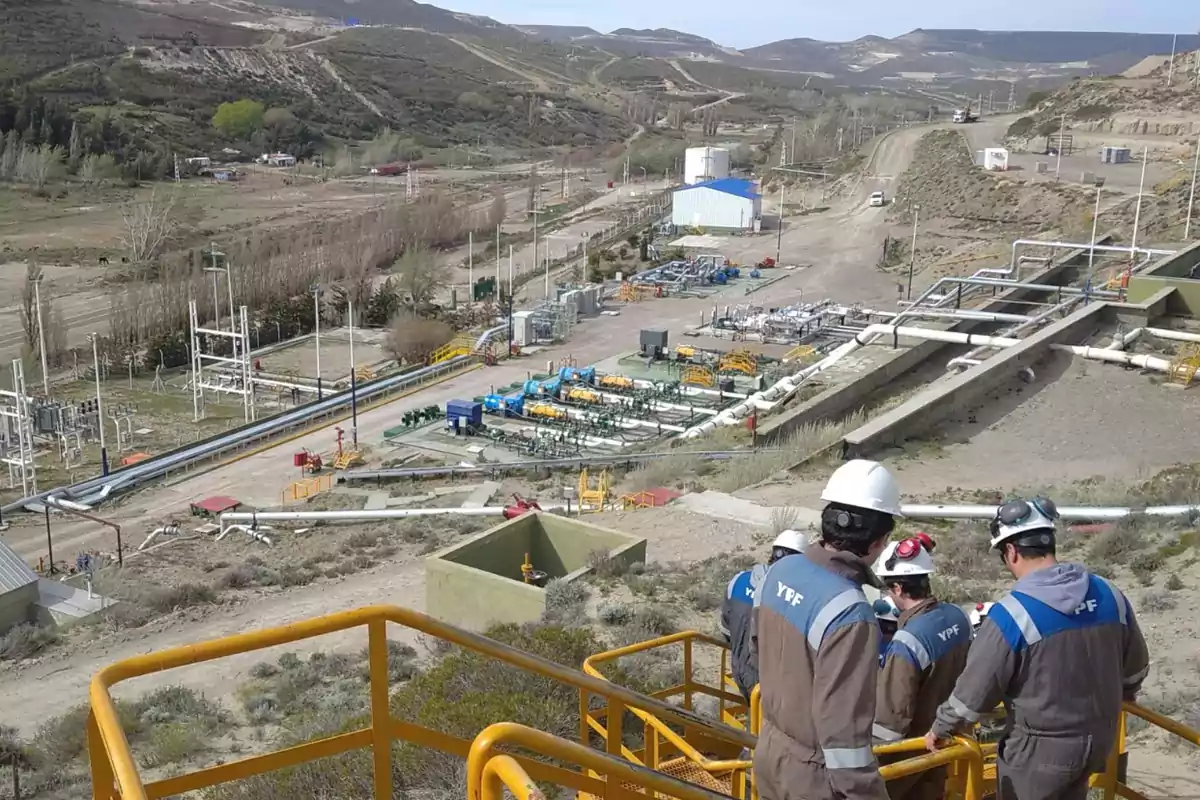
YPF launches a new round of the Andes Project with the assignment of 16 conventional blocks
YPF opens a new phase of the Andes Project to transfer conventional assets in six provinces
YPF has taken a new step in its strategy to optimize its portfolio of conventional assets with the relaunch of the Andes Project, a key initiative within the so-called 4x4 Plan, which seeks to redirect capital toward the intensive development of Vaca Muerta and improve the company's overall profitability.
After successfully completing the first stage, which included the transfer of 28 assets in Chubut, Mendoza, Neuquén, and Río Negro, the state-owned oil company is launching a new round led by Banco Santander, with the goal of transferring 16 conventional blocks, both operated and non-operated.
The areas involved are grouped into the following clusters:
- NOA (Salta)
- Chachahuen (Mendoza)
- Malargüe (Mendoza)
- Agua Salada (Río Negro)
- Manantiales Behr (Chubut)
- Mendoza Non-Operated (Mendoza/La Pampa)

The company is also simultaneously advancing with processes to revert areas to the provinces. It has already signed agreements with Santa Cruz and Formicruz for the handover of 10 concessions located in the north of the province, and with Chubut for the transfer of the Restinga Alí area. Meanwhile, a negotiation is underway with Tierra del Fuego for the reversion of assets under similar schemes.
A strategy focused on shale
The Andes Project is part of a structural shift in focus at YPF, in line with its objective to concentrate on high-productivity areas, especially in the unconventional Vaca Muerta formation.

This initiative not only seeks a more efficient reallocation of capital, but also represents an opportunity for regional companies and new sector players to take on the development of mature fields, contributing to the maintenance of production, employment, and local activity.
In this regard, the plan includes an export target of USD 30 billion by 2030, which would make the energy sector one of the pillars of national economic growth in the next decade.
More posts: